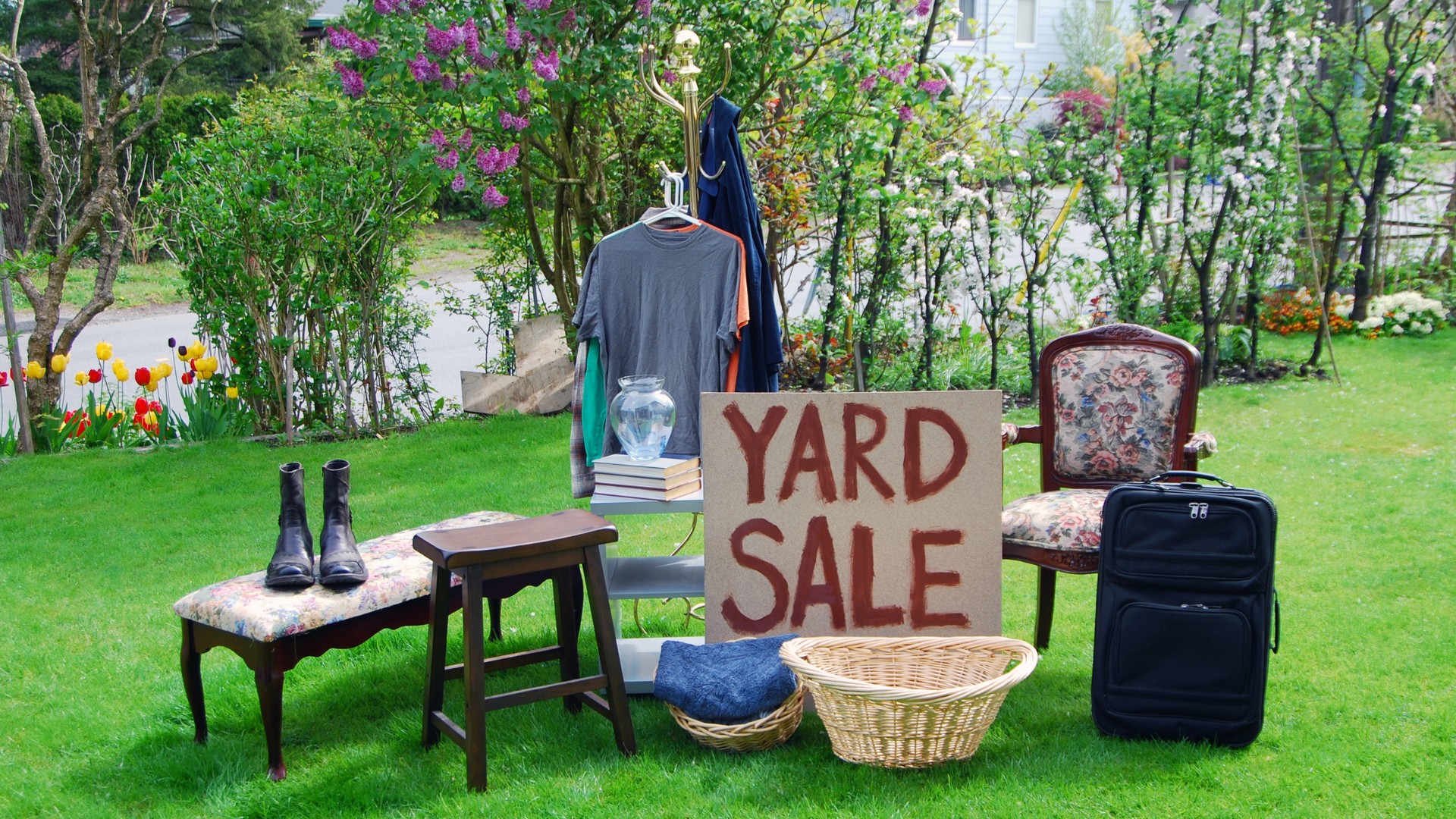

Articles
How To Sell Your Furniture
Modified: January 6, 2024
Discover proven strategies on how to sell your furniture quickly and effectively. Transform your unwanted pieces into cash with our expert tips and guidance.
(Many of the links in this article redirect to a specific reviewed product. Your purchase of these products through affiliate links helps to generate commission for Storables.com, at no extra cost. Learn more)
Introduction
Selling furniture can be a rewarding and profitable venture, whether you are downsizing, renovating, or simply looking to make some extra cash. With the right approach and a bit of planning, you can effectively sell your furniture and attract potential buyers. In this comprehensive guide, we will walk you through the process of selling your furniture, from research and appraisal to packaging and delivery.
Selling furniture requires more than just listing it online or hosting a yard sale. It requires a strategic approach to maximize your chances of making a sale at a fair price. By following the steps outlined in this guide, you will be well-prepared to sell your furniture and make the most out of your selling experience.
Throughout this article, we will provide you with valuable tips, insights, and strategies on how to sell your furniture effectively. From determining the value of your furniture to marketing and advertising, we will cover every aspect of the selling process, ensuring you have a smooth and successful experience.
Whether you are selling antique pieces, contemporary furniture, or unique vintage finds, this guide will equip you with the knowledge and tools necessary to attract buyers and secure a successful sale. So, let’s dive in and explore the world of furniture selling!
Key Takeaways:
- Research and appraisal are crucial for setting the right price. Clean, organize, and stage your furniture to attract buyers. Be flexible in negotiation and prioritize safety when meeting potential buyers.
- Effective marketing, secure payment, and professional packaging contribute to a successful sale. Prioritize customer satisfaction and continuous learning for future sales success.
Read more: How To Sell Furniture Online
Research and Appraisal
Before selling your furniture, it’s essential to conduct thorough research and appraisal to determine its value. This step is crucial as it helps you set a competitive and realistic price for your items. Here are some key points to consider:
- Gather Information: Start by gathering information about the furniture piece you intend to sell. Look for any identifying marks, such as the manufacturer’s name, model number, or year of production. This information will help you determine the uniqueness and market demand of the item.
- Assess Condition: Carefully evaluate the condition of the furniture. Note any damages, scratches, or wear and tear. Take high-quality photographs from different angles to provide potential buyers with a clear view of the item’s condition.
- Compare Prices: Research similar furniture pieces that are currently for sale or have recently sold. Check online marketplaces, furniture stores, and auction websites to get an idea of the current market value. Consider factors such as age, condition, brand, and rarity when comparing prices.
- Consult Experts: If you possess any valuable or antique furniture, it’s advisable to consult experts or appraisers. They can provide professional assessments and valuations based on their expertise and knowledge of the industry.
- Consider Market Demand: Apart from condition and rarity, consider the current market demand for the type of furniture you are selling. Certain styles or trends may be more popular and sought after, increasing the potential value of your piece.
Always remember that overpricing can deter potential buyers, while underpricing may lead to a loss. Striking the right balance is crucial. Once you have gathered all the necessary information and assessed the value of your furniture, you are ready to move on to the next step, which is documentation and preparation.
Documentation and Preparation
Once you have determined the value of your furniture, it’s time to focus on documentation and preparation. This step involves gathering all the necessary paperwork and ensuring your furniture is presentable for potential buyers. Here are some key points to consider:
- Documentation: Gather any relevant documentation for your furniture, such as receipts, certificates of authenticity, or warranties. These documents can help build trust with potential buyers and provide them with valuable information about the item’s history and authenticity.
- Clean and Repair: Before showcasing your furniture to potential buyers, give it a thorough cleaning and address any minor repairs. Remove dust, stains, or any other signs of wear. Repair any loose or broken parts to make the furniture more appealing and functional.
- Organize Photos and Descriptions: Use the high-quality photographs you took during the appraisal process and organize them for your listings or advertisements. Write compelling descriptions that highlight the unique features, dimensions, and materials of the furniture piece. Be honest and accurate in your descriptions to avoid any disappointments for buyers.
- Create an Inventory: If you are selling multiple furniture pieces, create an inventory of all the items along with their corresponding details, such as dimensions, condition, and asking price. This will help you stay organized and easily track which items have been sold.
- Measure and Stage: Measure the dimensions of your furniture to ensure it fits properly in potential buyers’ spaces. Consider staging the furniture, creating an appealing display to showcase its true potential. Try to create a visually pleasing setting that allows buyers to envision the furniture in their own homes.
- Set Terms and Conditions: Clearly define your terms and conditions for potential buyers. Include information about payment methods, whether you accept returns, and any additional services you may offer, such as delivery or assembly. Transparency and clear communication are key in building trust with buyers.
By completing these documentation and preparation steps, you will have everything in order to present your furniture in its best light. The next crucial step is pricing and negotiation, where you will determine the right price for your items and navigate potential offers from buyers.
Pricing and Negotiation
Pricing your furniture appropriately is essential for attracting potential buyers and securing a sale. However, it’s important to strike a balance between getting a fair price for your item and remaining competitive in the market. Here’s a step-by-step guide to pricing and negotiation:
- Consider Market Value: Based on your research and appraisal, determine the market value of your furniture. Take into account factors such as its condition, brand, age, and the demand for similar items in the market. Set a price that aligns with the current market trends.
- Price Competitively: While aiming to get a fair price for your furniture, it’s crucial to remain competitive. Check the prices of similar items currently available for sale and ensure your price is in line with or slightly lower than the competition. This will attract potential buyers and make your listing more appealing.
- Consider Negotiation: Understand that buyers may attempt to negotiate the price. Be prepared for this and decide beforehand if you are willing to negotiate. Keep in mind that negotiations can sometimes lead to a mutually beneficial agreement and a faster sale.
- Set a Reasonable Bottom Line: Determine the lowest price you are willing to accept for your furniture. This bottom line will help you stay firm in negotiations and avoid underselling your item. Be confident in the value and quality of your furniture, but also be open to reasonable offers.
- Show Value: When negotiating, emphasize the value and unique aspects of your furniture. Highlight any features, materials, or craftsmanship that make it stand out from others in the market. This will help justify your asking price to potential buyers.
- Be Flexible: While it’s important to have a bottom line, also be flexible and open to compromise. Understand that buyers may have different budgets or specific needs, and finding a middle ground can lead to a successful negotiation and a satisfied buyer.
- Document Offers and Agreements: Keep a record of all offers and agreements made during the negotiation process. This will help avoid any misunderstandings and ensure a smooth transaction.
Remember, pricing and negotiation are not one-size-fits-all processes. Each furniture item may require a different approach. Assess each situation individually and adapt your pricing and negotiation strategy accordingly. With the right pricing and negotiation techniques, you increase the chances of successfully selling your furniture.
Next, we will explore the important aspect of marketing and advertising your furniture to reach a wider audience and attract potential buyers.
Marketing and Advertising
Marketing and advertising are crucial steps in the process of selling your furniture. These activities help you reach a wider audience, generate interest in your items, and increase the chances of making a sale. Here are some effective strategies for marketing and advertising your furniture:
- Create Compelling Listings: Whether you are selling your furniture online or through a local marketplace, create compelling and detailed listings. Include high-quality photographs, accurate descriptions, and key selling points. Highlight the unique features, condition, and any additional benefits such as free delivery or customizations.
- Utilize Online Marketplaces: Take advantage of popular online marketplaces, such as eBay, Craigslist, or Facebook Marketplace. These platforms have a large user base, making it easier to connect with potential buyers. Follow their guidelines and policies to ensure a smooth selling experience.
- Utilize Social Media: Tap into the power of social media platforms to promote your furniture. Create engaging posts with appealing visuals and descriptions. Join local buy-and-sell groups or furniture-specific communities to reach a targeted audience interested in buying furniture.
- Create a Website or Blog: If you have multiple furniture items for sale or want to establish yourself as a furniture seller, consider creating a website or blog. Showcase your furniture collection, provide helpful tips and guides, and optimize your website for search engines to increase visibility.
- Collaborate with Influencers: Partnering with influencers or bloggers in the home decor and furniture niche can help expose your furniture to a wider audience. Offer them a free or discounted item in exchange for a review or promotion on their platforms.
- Promote Locally: Advertise your furniture locally through flyers, community bulletin boards, or local newspapers. Attend community events or flea markets where potential buyers may be present. Utilize word-of-mouth by letting friends, family, and coworkers know that you are selling furniture.
- Optimize SEO: If you have a website or blog, optimize it for search engines. Conduct keyword research to identify relevant terms buyers might use when searching for furniture. Include these keywords strategically in your content, meta descriptions, and titles to improve your search engine rankings.
Remember to be responsive and engage with potential buyers who show interest in your furniture. Promptly answer their questions, provide additional information or photos if needed, and schedule viewings or meetings in a timely manner.
By effectively marketing and advertising your furniture, you will increase its exposure and attract potential buyers. The next step is to meet with potential buyers and showcase your furniture in person.
When selling your furniture, take high-quality photos in good lighting to showcase the condition and details. This will attract more potential buyers and increase your chances of making a sale.
Read more: Who Sells Guardsman Furniture Polish
Meeting with Potential Buyers
Meeting with potential buyers is an important step in the furniture selling process. It provides an opportunity for them to see and evaluate the furniture in person, ask questions, and negotiate further if needed. Here are some key points to consider when meeting with potential buyers:
- Safety First: Prioritize your safety when meeting with buyers. Choose a public location or ensure you have someone else present during the meeting if it takes place in your home. Trust your instincts and take precautions to protect yourself and your belongings.
- Presentation is Key: Prepare your furniture for the meeting by cleaning it, ensuring it is in the best possible condition, and arranging it in an appealing manner. Set up a comfortable and well-lit area where potential buyers can view and evaluate the furniture.
- Be Knowledgeable: Familiarize yourself with the details and features of the furniture you are selling. Be prepared to answer any questions potential buyers may have about the item’s history, materials, or functionality. The more knowledgeable you appear, the more confident buyers will feel about their purchase.
- Encourage Inspection: Allow potential buyers to thoroughly inspect the furniture. Let them feel the texture, sit on chairs or sofas, and open drawers or doors. This helps build trust and confidence in the product’s quality.
- Provide Certificates or Documentation: If you have any certificates of authenticity, warranties, or additional documentation, present them to potential buyers during the meeting. This further enhances the credibility and value of the furniture.
- Be Open to Questions and Negotiation: Listen attentively to the questions, concerns, and offers potential buyers may have. Be open to negotiation but also stand firm on your bottom line if necessary. Remember to manage expectations and be transparent about any imperfections or limitations of the furniture.
- Take Notes: Keep track of potential buyers’ feedback, preferences, and offers. This will help you compare different offers, remember important details, and make informed decisions later on.
- Arrange Safe Payment: Once a buyer is interested and ready to make the purchase, discuss and agree upon a secure payment method. Cash, bank transfers, or verified payment platforms are commonly used. Be cautious when accepting personal checks or unfamiliar online payment methods.
- Provide a Receipt: After the payment is made, issue a receipt to the buyer as proof of purchase. Include details such as the date, item description, sale price, and both the buyer’s and seller’s information. Keep a copy for your records, and ensure both parties sign the receipt.
Remember, trust and good communication are key when meeting with potential buyers. Be professional, attentive, and accommodating during the process. By effectively meeting with potential buyers, you increase the likelihood of closing a successful sale and ensuring customer satisfaction.
Next, we will discuss the crucial steps of securing payment and transferring ownership of the furniture.
Securing Payment and Transfer of Ownership
Securing payment and transferring ownership of the furniture are the final steps in the selling process. These steps ensure a smooth and secure transaction for both the buyer and seller. Here’s a guide on how to handle payment and transfer of ownership:
- Confirm Payment Method: Before proceeding with the transfer of ownership, ensure that the agreed-upon payment method is secure and reliable. Cash is a commonly used payment method, but bank transfers or verified online payment platforms are also viable options. Be wary of personal checks or unfamiliar payment methods.
- Wait for Payment to Clear: If you choose to accept bank transfers or online payments, wait for the payment to fully clear in your account before proceeding with the transfer of ownership. This eliminates any risks associated with bounced payments or fraudulent transactions.
- Sign a Bill of Sale: Prepare a bill of sale document that includes details such as the item’s description, the sale price, the buyer’s and seller’s contact information, signatures, and date of sale. Both parties should sign the bill of sale as a legal record of the transaction.
- Transfer the Furniture: Once the payment has cleared and the bill of sale is signed, proceed with the transfer of the furniture to the buyer. Ensure that all agreed-upon delivery or pick-up arrangements are followed accordingly. If delivering the furniture, consider using a reliable and insured shipping service to protect the item during transit.
- Provide Documentation: Give the buyer any additional documentation that accompanies the furniture, such as warranties, care instructions, or certificates of authenticity. Ensure that all necessary paperwork is correctly transferred to the buyer.
- Notify the Buyer of Transfer Completion: Once the furniture is safely transferred and all required documentation is provided, notify the buyer of the successful completion of the transfer. This final communication is a way to confirm that the transaction is complete and both parties are satisfied.
- Maintain Records: Keep copies of all the relevant documentation, including the bill of sale, receipts, and any communication with the buyer. These records are essential for future reference, warranty claims, or in the event of any disputes.
By following these steps, you can ensure a secure and efficient process for securing payment and transferring ownership of the furniture. Always prioritize open communication, transparency, and professionalism to foster trust and create a positive selling experience.
Once the payment is secured, the transfer of ownership is complete, and all necessary documents are handed over, congratulate yourself on a successful furniture sale. You can now proceed to the final step of packaging and delivering the furniture.
Packaging and Delivery
Packaging and delivery play a crucial role in ensuring that the furniture you have sold reaches its new owner in pristine condition. Proper packaging and reliable delivery methods contribute to a positive customer experience. Here’s a guide on how to package and deliver your furniture:
- Gather Packing Materials: Collect the necessary packing materials, such as sturdy boxes, bubble wrap, packing tape, protective covers, and blankets. These will help protect the furniture during transit.
- Disassemble if Necessary: If the furniture can be disassembled, take apart any removable parts. This will make packaging and transportation more convenient and reduce the risk of damage during transit.
- Wrap and Cushion: Use bubble wrap and protective covers to wrap fragile or delicate parts of the furniture. Secure them with packing tape to ensure they stay in place. Cushion any empty spaces in the packaging with blankets, pillows, or packing peanuts to prevent movement and minimize the risk of damage.
- Label and Secure Boxes: Clearly label each box with its contents and include handling instructions, such as “fragile” or “this side up.” Seal the boxes securely with packing tape to prevent them from opening during transit.
- Choose a Reliable Shipping Method: Select a reputable shipping service or courier that specializes in furniture delivery. Ensure that they have experience handling large or delicate items and provide insurance coverage for potential damages.
- Arrange Pick-up or Drop-off: Coordinate with the shipping service to arrange pick-up or drop-off of the packaged furniture. Provide them with any specific instructions or time constraints to ensure a smooth and timely delivery.
- Communicate Delivery Details: Keep the buyer informed about the estimated delivery date, tracking information (if available), and any other relevant details. Provide them with contact information for the shipping service in case they need to follow up or inquire about the delivery.
- Follow Up with the Buyer: Once the furniture has been successfully delivered, follow up with the buyer to ensure they are satisfied with the condition of the furniture. Address any concerns or issues promptly and professionally.
- Keep Records: Maintain records of the shipping details, including tracking numbers, receipts, and any communication with the shipping service and buyer. These records can be essential if any disputes or inquiries arise later on.
By carefully packaging and delivering your furniture, you demonstrate professionalism and care for the buyer’s satisfaction. A smooth and damage-free delivery contributes to a positive overall experience, enhancing your reputation as a reliable seller.
With the completion of the packaging and delivery process, your furniture selling journey comes to a successful close. Congratulations on a job well done!
Remember, each sale is a learning experience, and refining your selling process can lead to even more successful furniture transactions in the future.
If you have any remaining questions or need further assistance, feel free to consult with professionals or experts in the field to deepen your knowledge and improve your furniture-selling skills.
Conclusion
Congratulations on successfully navigating the process of selling your furniture! By following the steps outlined in this comprehensive guide, you have learned how to research and appraise your furniture, prepare it for sale, price it competitively, market and advertise effectively, meet with potential buyers, secure payment, and facilitate the transfer of ownership. The packaging and delivery of the furniture have ensured a smooth and satisfactory experience for both you and the buyer.
Throughout this article, we have emphasized the importance of thorough research, proper documentation, effective marketing, and excellent customer communication. By investing time and effort into these areas, you have maximized your chances of attracting potential buyers and achieving favorable outcomes in your furniture sales.
Remember that selling furniture is not just about making a sale; it’s about delivering value to the buyer and building a solid reputation as a trustworthy seller. Prioritize customer satisfaction, honesty, and professionalism throughout the selling process. By doing so, you will build positive relationships with buyers, increase your credibility, and potentially generate repeat business or referrals in the future.
As with any endeavor, practice makes perfect. Each sale provides an opportunity for growth and learning. Take note of what worked well and areas that could be improved upon for future sales. Adapt your strategies to the ever-changing market trends, and stay updated on emerging platforms and tools that can aid in your selling efforts.
Remember to keep records of your transactions, feedback from buyers, and any additional insights that can help refine your selling process. Continuously educate yourself on furniture trends, pricing techniques, and effective sales strategies to stay ahead in the market.
Selling furniture can be a rewarding experience, allowing you to declutter your space, make some extra money, and provide others with beautiful pieces for their homes. Armed with the knowledge and strategies outlined in this guide, you are now well-equipped to confidently sell your furniture and achieve success in your endeavors.
Best of luck with your future furniture sales!
Frequently Asked Questions about How To Sell Your Furniture
Was this page helpful?
At Storables.com, we guarantee accurate and reliable information. Our content, validated by Expert Board Contributors, is crafted following stringent Editorial Policies. We're committed to providing you with well-researched, expert-backed insights for all your informational needs.

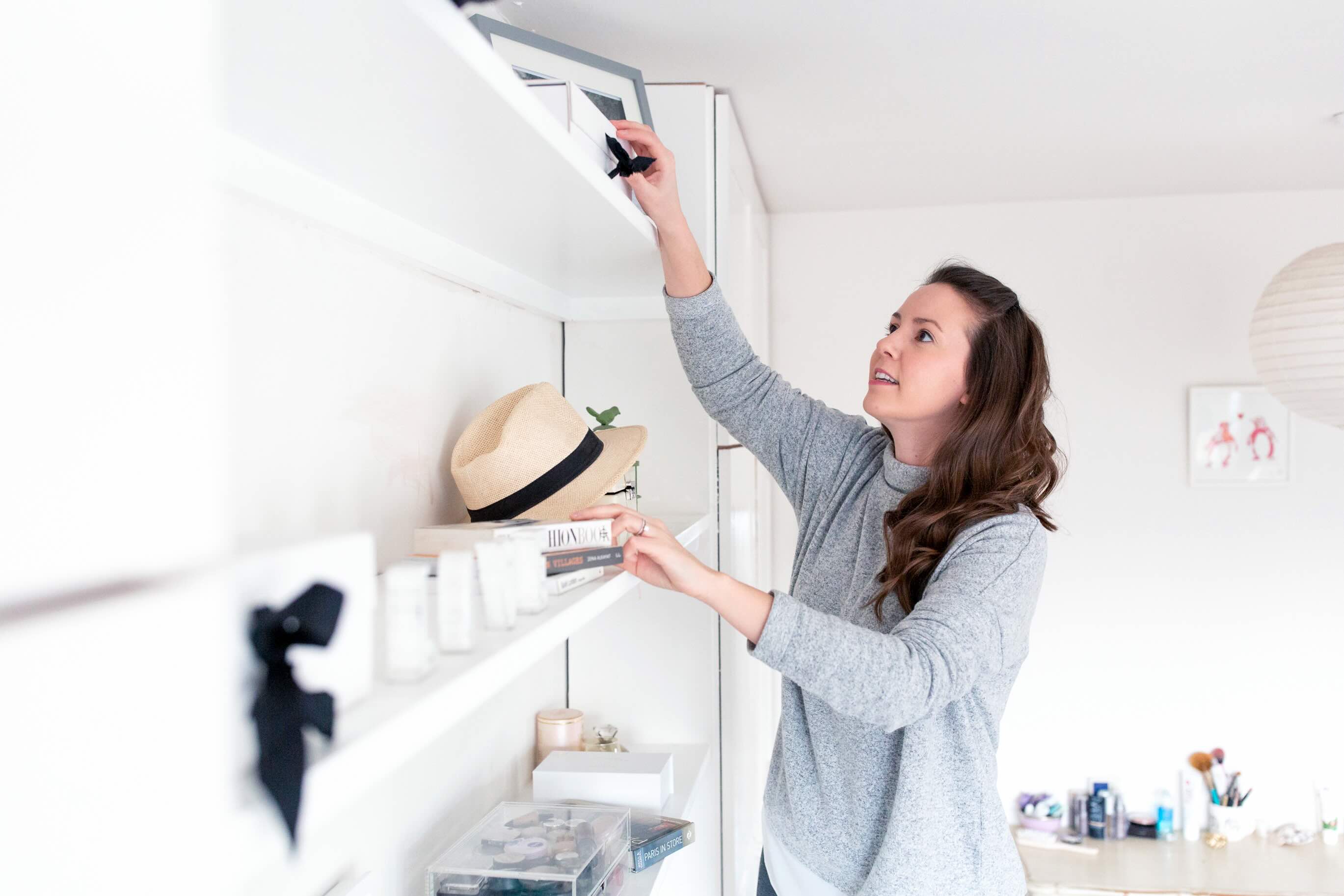

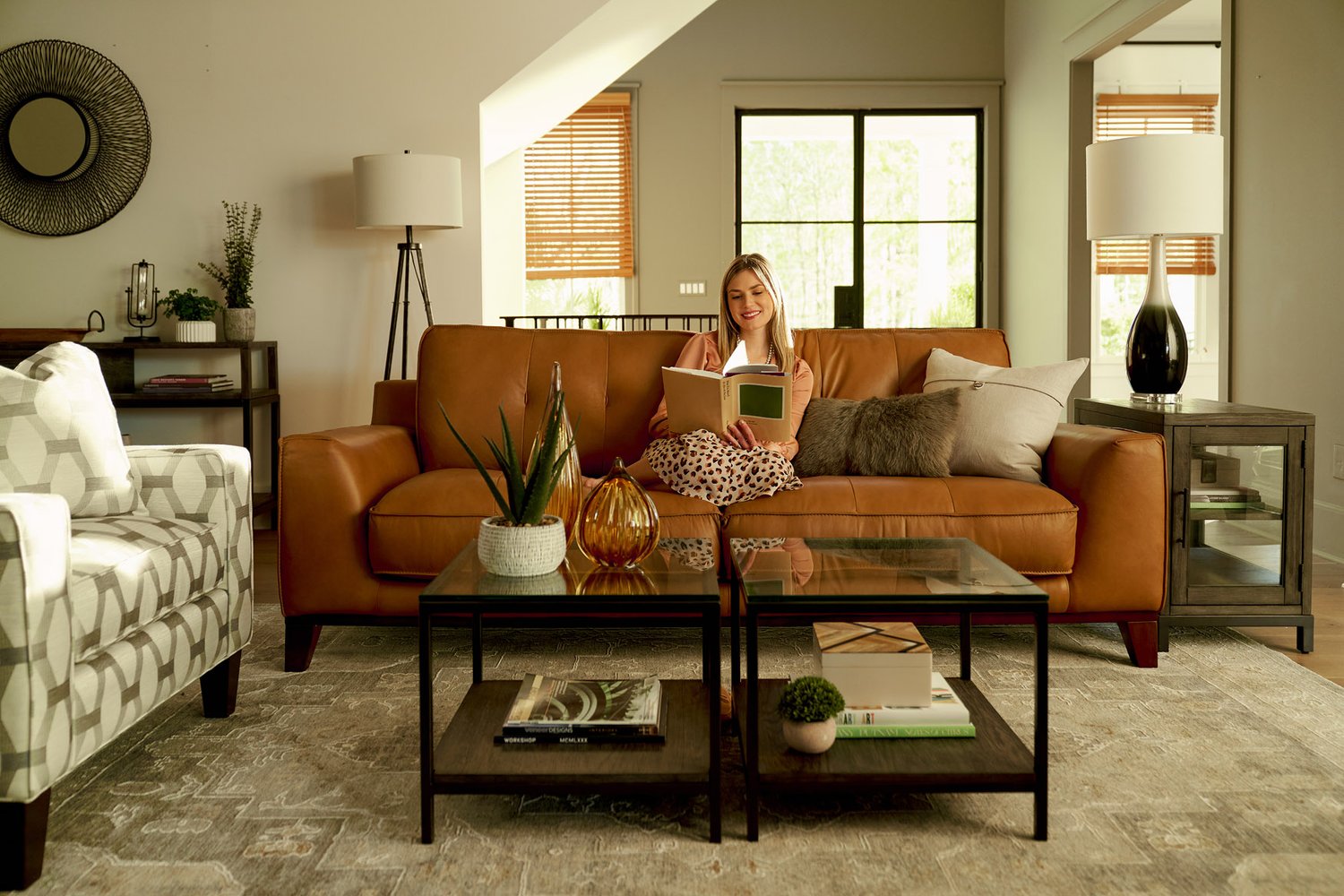
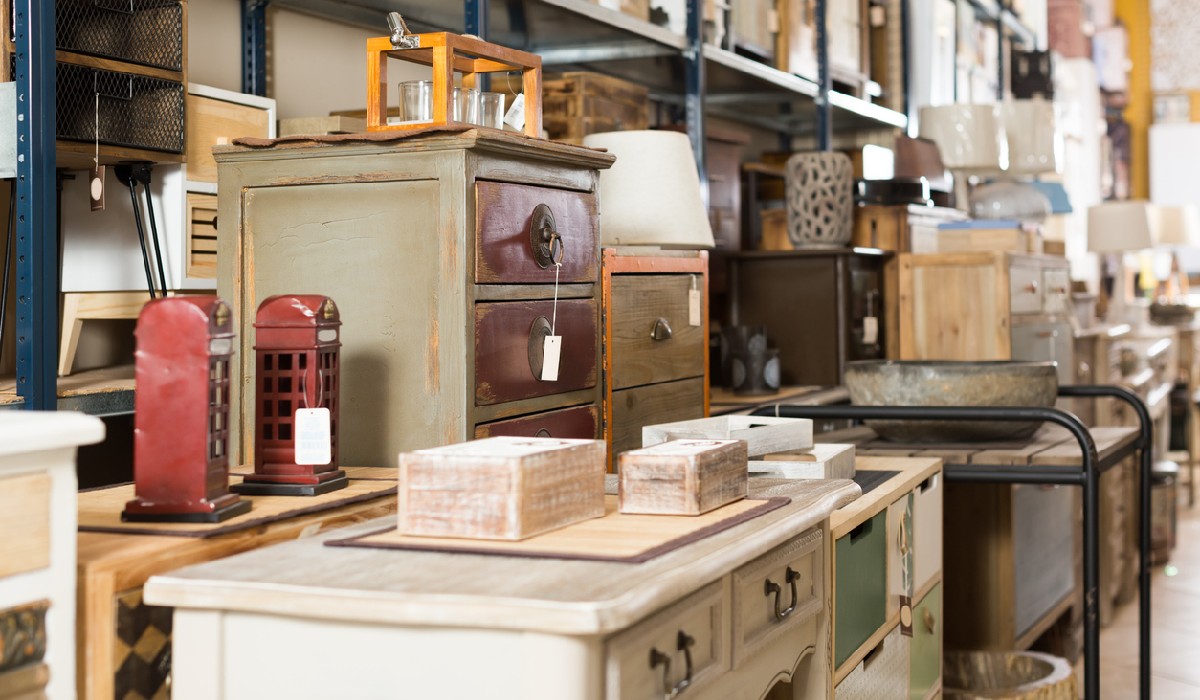
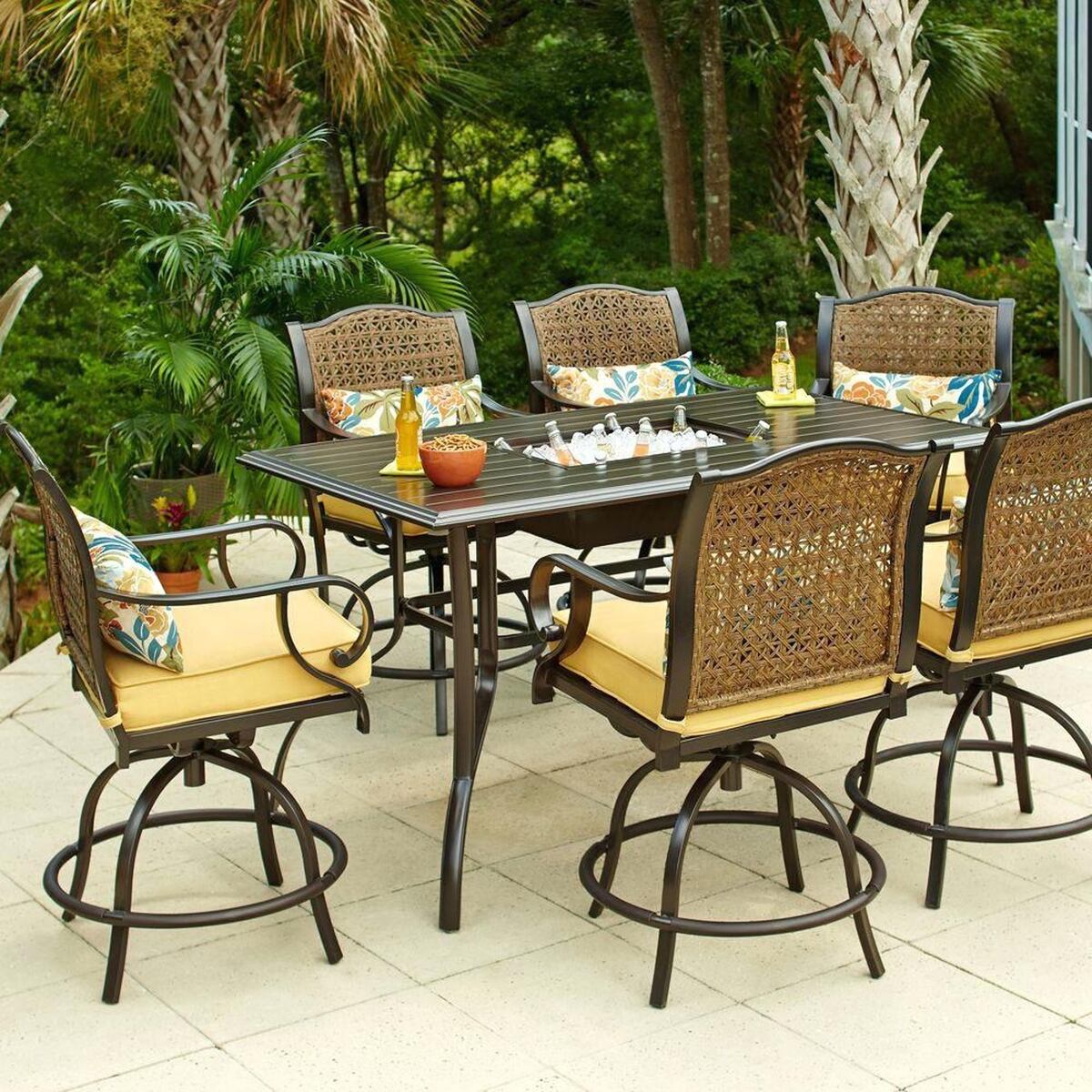


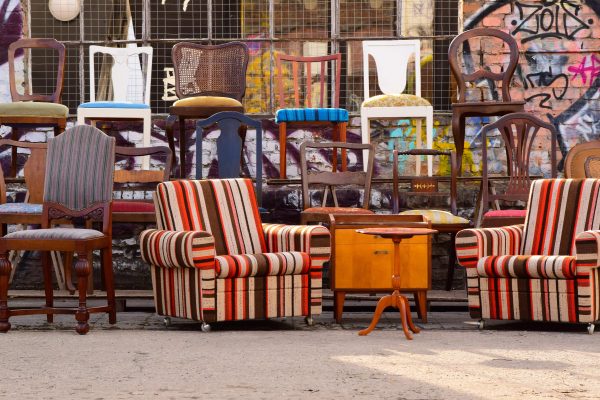
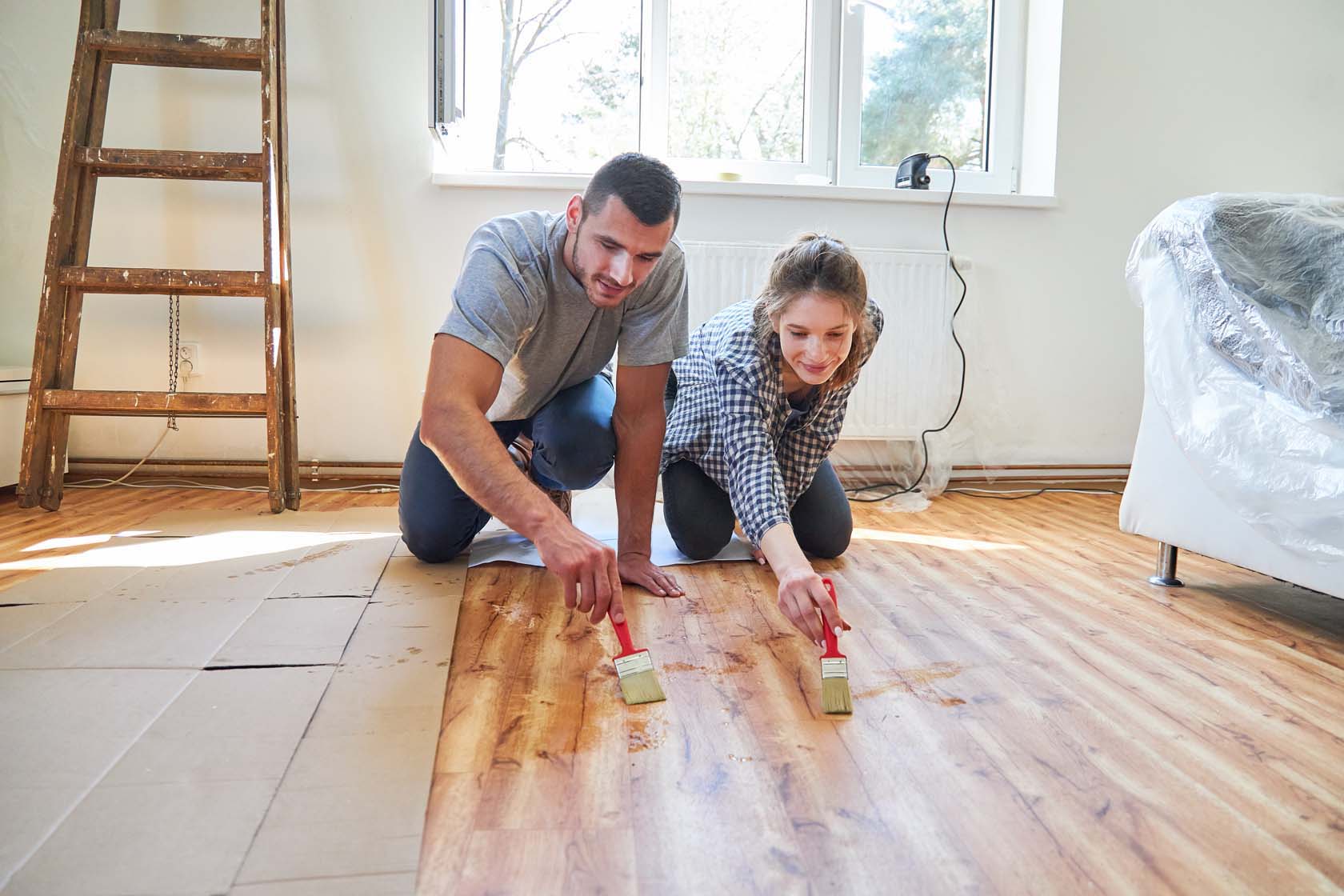
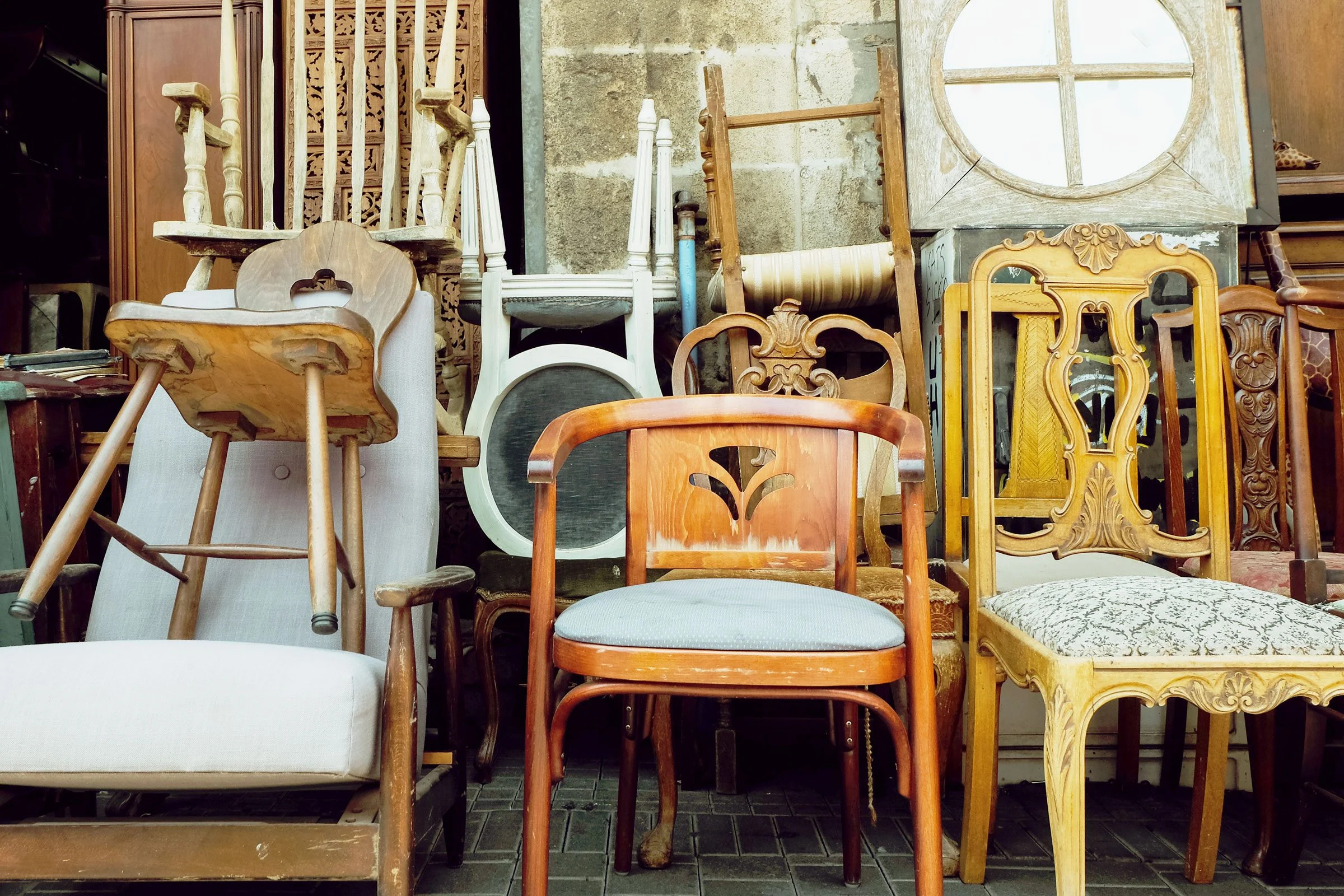
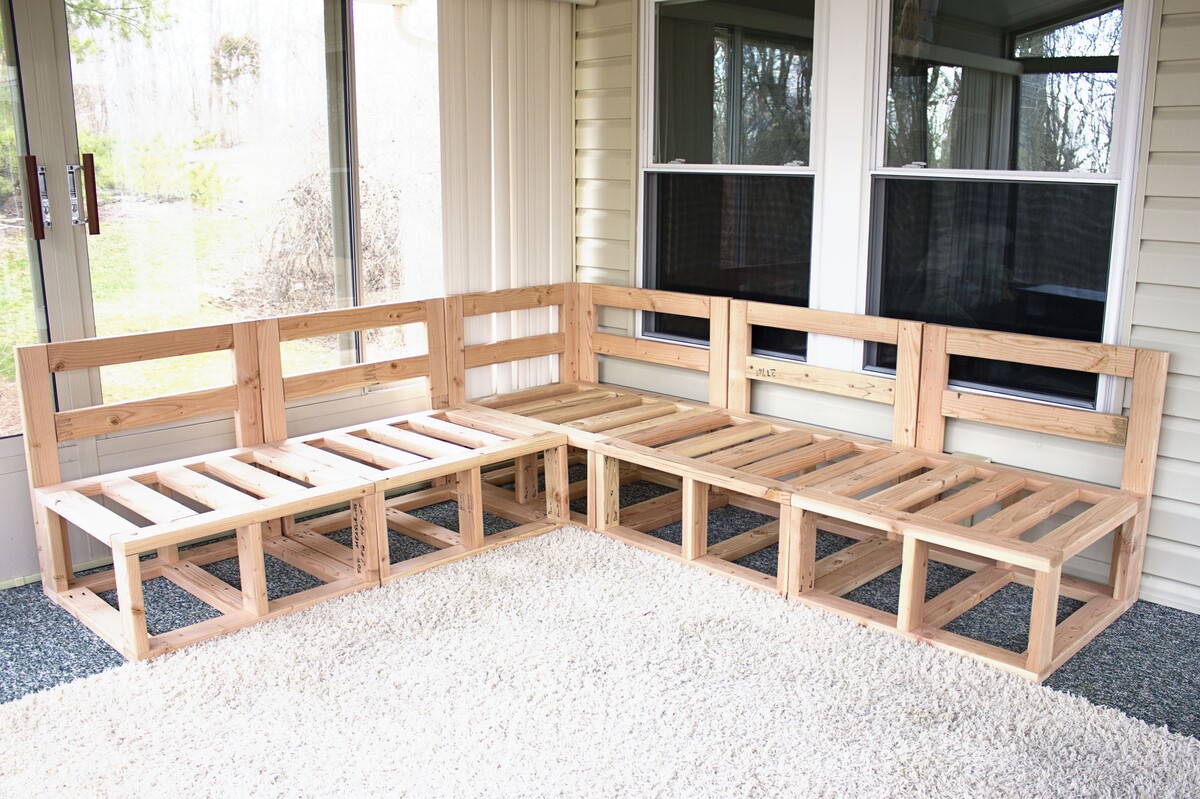
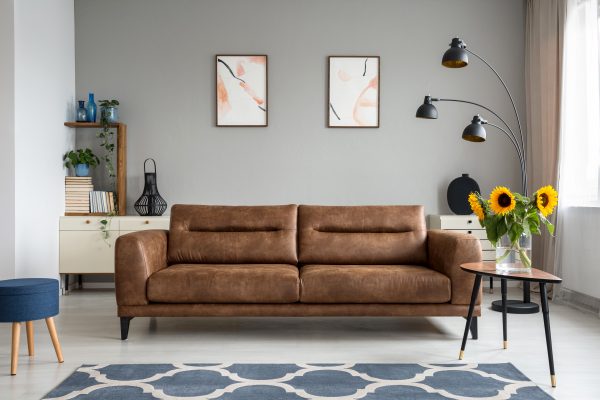
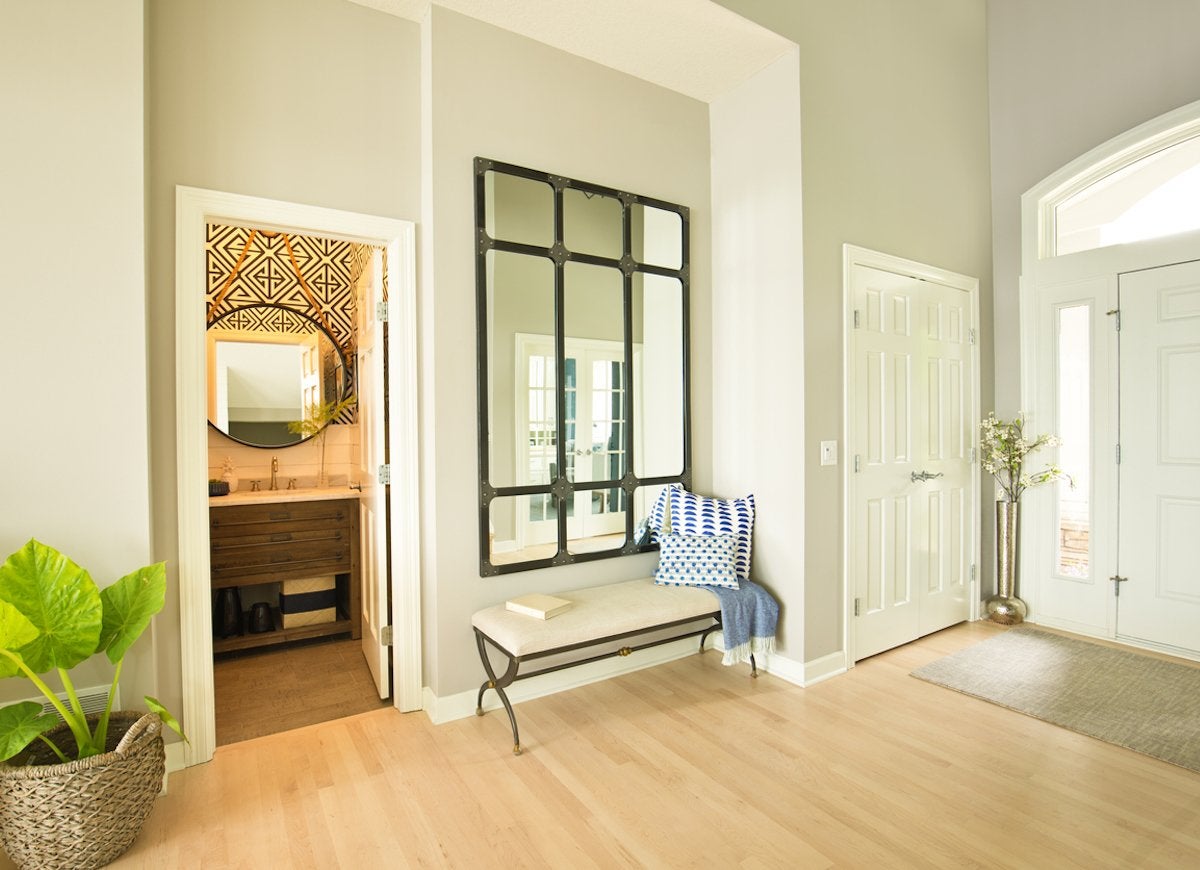

0 thoughts on “How To Sell Your Furniture”